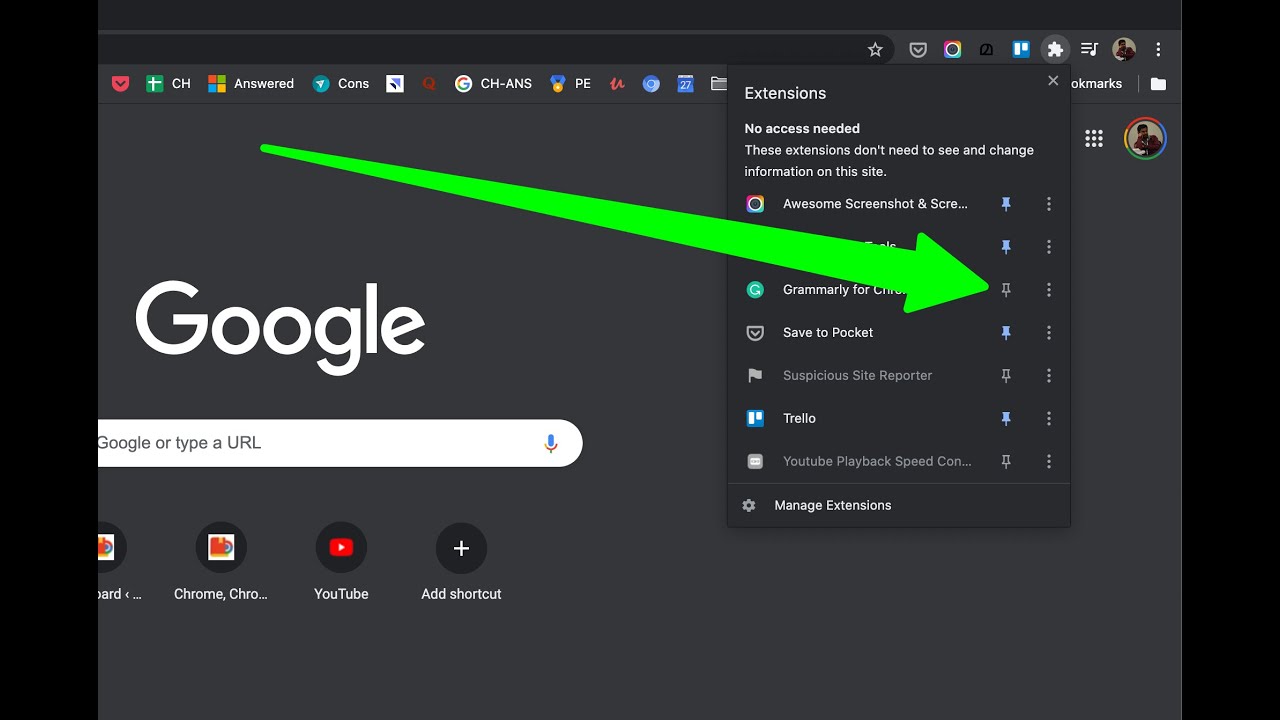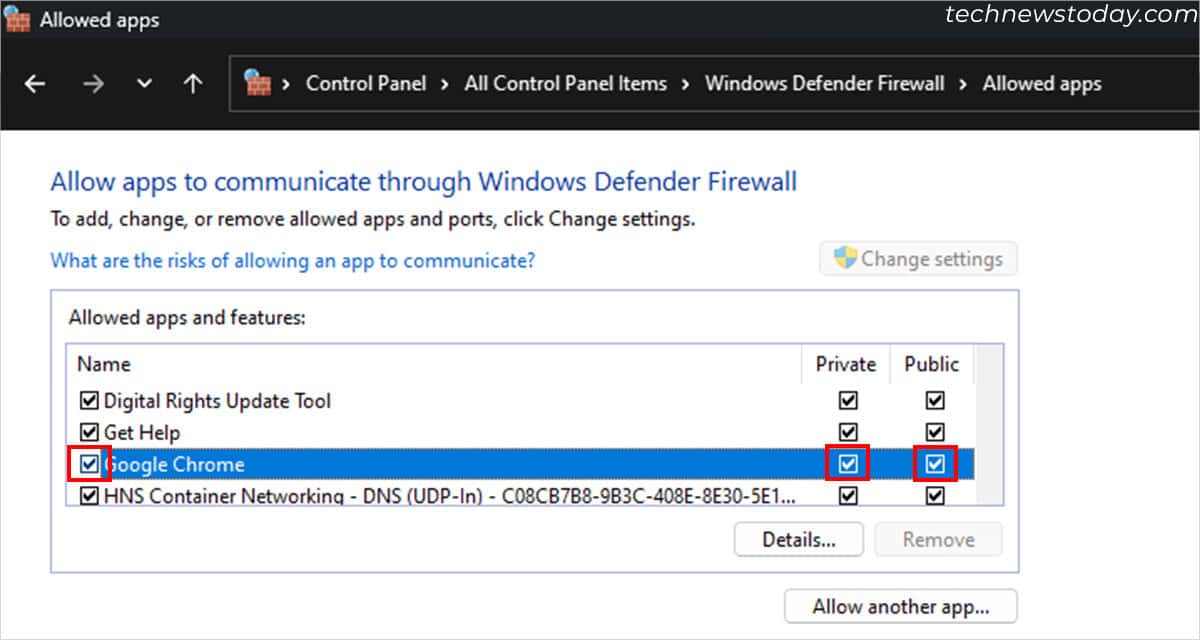Introduction
Restarting Google Chrome can be a quick and effective way to resolve various issues, such as slow performance, unresponsive tabs, or unexpected errors. It's a simple yet powerful troubleshooting step that can help refresh the browser and clear any temporary glitches that may be affecting its functionality. Whether you're a casual user or a seasoned professional, knowing how to restart Google Chrome using different methods can come in handy when you encounter browser-related issues.
In this article, we'll explore three methods to restart Google Chrome, each offering a unique approach to resolving browser problems. From using the Chrome menu to leveraging the Task Manager and even employing the command line, these methods cater to different user preferences and technical proficiency levels. By understanding these techniques, you can gain more control over your browsing experience and ensure that Chrome operates smoothly.
So, if you've ever found yourself frustrated by a sluggish browser or perplexed by unexplained errors, learning how to restart Google Chrome could be the key to regaining control and getting back to seamless browsing. Let's dive into the various methods and discover how you can effectively restart Google Chrome to keep your browsing experience smooth and hassle-free.
Method 1: Using the Chrome Menu
One of the simplest and most commonly used methods to restart Google Chrome is by utilizing the browser's built-in menu options. This approach is user-friendly and accessible to all Chrome users, making it an ideal choice for those who prefer a straightforward solution.
To begin, locate the three-dot icon in the top-right corner of the Chrome window. This icon represents the Chrome menu and serves as a gateway to various browser settings and functions. Clicking on this icon will reveal a dropdown menu with a range of options, including "Settings," "History," and "Help."
Next, navigate to the "Settings" option and click on it to access the browser's settings page. Within the settings menu, scroll down to the bottom and click on the "Advanced" option to reveal additional settings.
Once in the advanced settings section, continue scrolling until you reach the "Reset and clean up" category. Here, you will find the "Restore settings to their original defaults" option, which serves as a powerful tool for refreshing Chrome and resolving potential issues.
Clicking on "Restore settings to their original defaults" will prompt a confirmation dialog, allowing you to review the changes that will occur. This includes the restoration of default search engine settings, homepage, and tab settings, as well as the disabling of extensions and clearing of cookies.
After reviewing the changes, proceed by clicking the "Reset settings" button to initiate the restoration process. Chrome will then restart, implementing the default settings and effectively refreshing the browser.
By using the Chrome menu to access the browser's settings and initiate a reset, users can effectively restart Google Chrome and address various performance issues. This method provides a convenient and intuitive approach to troubleshooting, making it an essential tool for maintaining a smooth and efficient browsing experience.
In summary, utilizing the Chrome menu to reset and restore default settings offers a user-friendly and accessible method for restarting Google Chrome. Whether you're dealing with slow performance, unresponsive tabs, or other browser-related issues, leveraging the Chrome menu can help you quickly refresh the browser and get back to seamless browsing.
Method 2: Using the Task Manager
When it comes to troubleshooting browser issues and managing Chrome's performance, utilizing the Task Manager can be a game-changer. The Task Manager provides users with a comprehensive view of all active processes and tabs within the Chrome browser, allowing for precise control and management of system resources. By leveraging the Task Manager, users can effectively identify and address performance bottlenecks, unresponsive tabs, and memory-intensive processes that may be impacting the browsing experience.
To access the Task Manager in Google Chrome, users can utilize the following methods:
-
Using the Chrome Menu: Click on the three-dot icon in the top-right corner of the Chrome window, navigate to "More tools," and select "Task Manager" from the dropdown menu.
-
Keyboard Shortcut: Press "Shift + Esc" on the keyboard to directly launch the Task Manager within Chrome.
Once the Task Manager is open, users will be presented with a detailed list of all active processes, extensions, and tabs running within the browser. Each entry in the Task Manager includes valuable information such as memory and CPU usage, allowing users to pinpoint resource-intensive processes that may be causing performance issues.
To restart Google Chrome using the Task Manager, users can follow these steps:
-
Identify Resource-Intensive Processes: Review the list of processes in the Task Manager and look for any entries consuming a significant amount of memory or CPU resources. These processes may indicate potential performance bottlenecks or unresponsive tabs.
-
End Unresponsive Processes: If a specific tab or process is unresponsive or consuming excessive resources, users can select the entry in the Task Manager and click the "End Process" button to terminate it. This action can help alleviate performance issues and refresh the browser.
-
Relaunch Chrome: After addressing any resource-intensive processes or unresponsive tabs, users can relaunch Chrome to apply the changes and effectively restart the browser.
By leveraging the Task Manager, users gain a powerful tool for managing Chrome's performance and addressing browsing issues in real time. Whether it's identifying memory-intensive processes, terminating unresponsive tabs, or optimizing system resources, the Task Manager offers a dynamic approach to troubleshooting and maintaining a smooth browsing experience.
In summary, using the Task Manager to identify and manage active processes within Google Chrome provides users with a proactive method for addressing performance issues and effectively restarting the browser. By leveraging the Task Manager's capabilities, users can gain more control over Chrome's performance and ensure a seamless browsing experience.
Method 3: Using the Command Line
Utilizing the command line to restart Google Chrome offers a more technical approach that provides users with precise control over the browser's behavior and settings. While this method may be more suitable for users familiar with command-line interfaces and system-level operations, it offers a powerful way to manipulate Chrome's behavior and effectively restart the browser.
To restart Google Chrome using the command line, users can follow these steps:
-
Accessing the Command Line: On Windows, users can open the Command Prompt by pressing the Windows key + R, typing "cmd," and pressing Enter. On macOS, the Terminal application provides access to the command line interface.
-
Navigating to Chrome's Installation Directory: Once the command line interface is open, users need to navigate to the directory where Google Chrome is installed. This typically involves using the "cd" command to change directories to the appropriate location.
-
Executing the Command: With the command line interface open and the working directory set to Chrome's installation location, users can execute the appropriate command to restart the browser. On Windows, the command "chrome.exe –restart" can be used to initiate the restart process. On macOS, the command "open -a Google\ Chrome –args –disable-extensions" can achieve a similar effect by disabling extensions and restarting the browser.
By leveraging the command line interface, users gain a deeper level of control over Chrome's behavior and can execute specific commands to manipulate the browser's settings and functionality. This method is particularly useful for advanced users and system administrators who require precise control over Chrome's behavior and wish to automate the restart process using scripts or batch files.
In summary, using the command line to restart Google Chrome provides a technical yet powerful method for manipulating the browser's behavior and initiating a restart. By executing specific commands through the command line interface, users can gain more control over Chrome's functionality and ensure a seamless browsing experience.
Conclusion
In conclusion, mastering the art of restarting Google Chrome is a valuable skill that empowers users to take control of their browsing experience. By exploring the three distinct methods—utilizing the Chrome menu, leveraging the Task Manager, and employing the command line—users can effectively address performance issues, unresponsive tabs, and unexpected errors, ensuring a seamless and efficient browsing experience.
The first method, using the Chrome menu, offers a user-friendly and accessible approach to restarting Google Chrome. By navigating through the browser's settings and initiating a reset, users can quickly restore default configurations and resolve potential issues, such as slow performance or unresponsive tabs. This method caters to a wide range of users, providing a straightforward solution for maintaining a smooth browsing experience.
The second method, utilizing the Task Manager, introduces a dynamic and proactive approach to troubleshooting and managing Chrome's performance. With the ability to identify resource-intensive processes, terminate unresponsive tabs, and optimize system resources, users gain precise control over the browser's behavior, effectively addressing performance bottlenecks and ensuring a responsive browsing experience.
Lastly, the third method, using the command line, offers a more technical and advanced approach to restarting Google Chrome. While this method may appeal to users familiar with command-line interfaces and system-level operations, it provides a powerful way to manipulate Chrome's behavior and automate the restart process, catering to advanced users and system administrators seeking precise control over the browser's functionality.
By understanding and mastering these methods, users can navigate the intricacies of Google Chrome with confidence, knowing that they have the tools to address any potential issues that may arise. Whether it's a casual user seeking a quick solution or a technical enthusiast looking to optimize Chrome's performance, the ability to restart the browser effectively is a valuable skill that enhances the overall browsing experience.
In essence, the knowledge and proficiency in restarting Google Chrome not only contribute to a smoother browsing experience but also empower users to troubleshoot and resolve issues independently. With these methods at their disposal, users can navigate the digital landscape with confidence, knowing that they have the expertise to keep their browsing experience seamless and hassle-free.

























